Having inadequate ventilation in your attic can cause a bunch of undesirable environmental and structural issues. These include unnecessary heating of the rest of the home in summer with an associated increase in cooling costs. In addition, a buildup of moisture and heat in the attic space can significantly damage the roof structure.
In winter, heat entering the attic from the rest of the house can cause ice dam damage to the shingles. The long-term effect of problems like this can even extend the damage to flooring, drywalling, or interior structural walls.
Installing a good solar fan for the attic is an efficient and cost-effective way of preventing these issues. More specifically, installing the correct size of solar fan or fans. Obviously, this raises the question of how to determine which size of attic fan you’ll need to install. Also, how many fans do I need to get the hot air out of my attic?
Calculating attic fan size
The humble solar attic fan does an admirable job of ventilating your attic. And they slot in perfectly with the ever increasingly popular trend towards solar-powered homes. And with so many really great solar attic fans available, it’s easy to choose a fan to suit your needs. The first step in making that choice is to define your attic space.


Calculating attic area and volume
These are critical factors in defining your attic ventilation needs and how many solar attic fans that will take.
Calculating attic floor space or area
Unless you have a particularly complex floor plan, this is fairly simple. Multiply the length and breadth of each extension of the attic to get the total area in square feet. For a simple rectangular footprint of 60 feet x 40 feet the calculation would look like this. Main area is 60 x 40 = 2,400 ft².
If the same attic has an extension of 30 feet x 20 feet you do this. Extention is 30 x 20 = 600 ft². Add that to the main area or 2,400 + 600 which gives you a total of 3,000 ft².
Calculating attic interior volume
Calculating the interior air volume of your attic is fairly simple. The equation looks like this. Floor area (as calculated above) x wall height x slope/dark roof factor. The slope and dark roof factors are functions that compensate for additional steep-roof volume and dark-roof thermal increases.
Using the first example with 7-foot walls, the initial result would be 2,400 x 7 = 16,800 ft³. If the attic has a steep roof the slope factor would be 16,800 x 1.2 = 20,160 ft³.
Air changes per hour (ACH)
ACH refers to the number of times the internal volume of the attic is replenished with fresh air per hour. This is an important factor when sizing a solar attic fan. There are many determining factors when calculating ACH, but the industry average is 6 to 8 times per hour.
Determining attic fan size and numbers
Before we dive in though, let’s look at how a solar attic fan is rated. Attic fans are rated according to two factors, panel size in Watts and fan capacity in cubic feet per minute (CFM). The CFM rating is the factor commonly used to determine the size and number of solar attic fans you’ll need.
Making the calculations using attic volume
Important note: It is good practice to size your solar attic fan conservatively. Pulling too much hot air out of your attic can cause a partial vacuum that can lead to structural damage.
As an example let’s use the example detailed above. The volume of the attic is 20, 160 ft³ and the air needs to be replaced 7 times per hour. That means you’ll have to move the air out of the attic at a rate of 141, 120 ft³ per hour.
Solar attic fans are rated by cubic feet per minute. So, a 2,000 CFM fan would move 120, 000 ft³ per hour (2,000 x 60 minutes). If this is the size of the fan chosen, you’d need only one to get the job done. If you chose a 700 CFM fan (42,000 CFM/h) you’d need three solar attic fans.
Making the calculations using floor area alone
Another easier, albeit less scientific method, of sizing solar attic fans is to use the attic area alone. The widely accepted industry norm for this is to use a 700 CFM per 1,000 ft² of attic area equation. The steep and dark roof factors are still 1.2 and 1.5 respectively.
Using the same example, let’s see how this works out using an area of 2,400 square feet, and a steep roof factor of 1.2. Thus, 2.4 (2,400/1000) x 700 x 1.2 = 2,016 CFM. This would equate to a required hourly air transfer of 121,000 ft³ as opposed to the 141,120 ft³ volume result. Not an exact match but not far off. Thereafter, the same fan sizing process detailed above would apply.
Attic venting
Roof venting is an extremely important factor in attic ventilation. Force ventilating any area requires an adequate air intake to prevent the partial vacuum effect mentioned earlier. Before you install attic fans, assess the area of your soffit vents and ridge vents and calculate combined air intake.
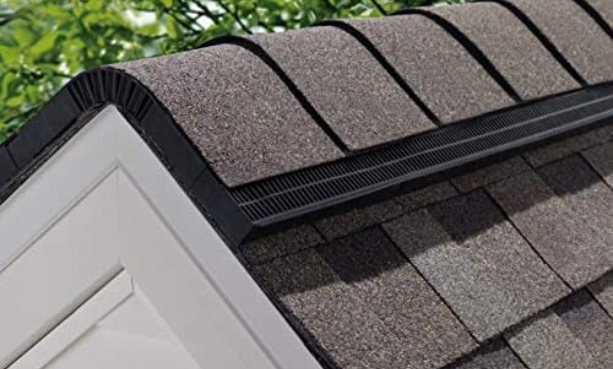
For example, the US Department of Housing & Urban Development guidelines state the following. A passively ventilated attic should have 1 square foot of vent area for every 300 square feet of attic floor space. In the case of forced ventilation, the vent area is calculated a little differently. The industry-accepted standard is to divide the CFM ventilation rating by 300 to reach a vent area result. For instance, a 2,000 CFM fan would require 7 ft² of net free area venting.

In conclusion
Solar-powered attic fans are a great way to safeguard your roof, cut your cooling costs and create a comfortable environment. In addition, they can enhance existing solar installations by reducing the overall power demand. And they are not only effective but highly efficient as they don’t have any impact on your electricity bill.
All in all, answering the question of how many fans do I need is important. And making canny choices regarding that and what size attic fan to install is going to reap significant benefits.














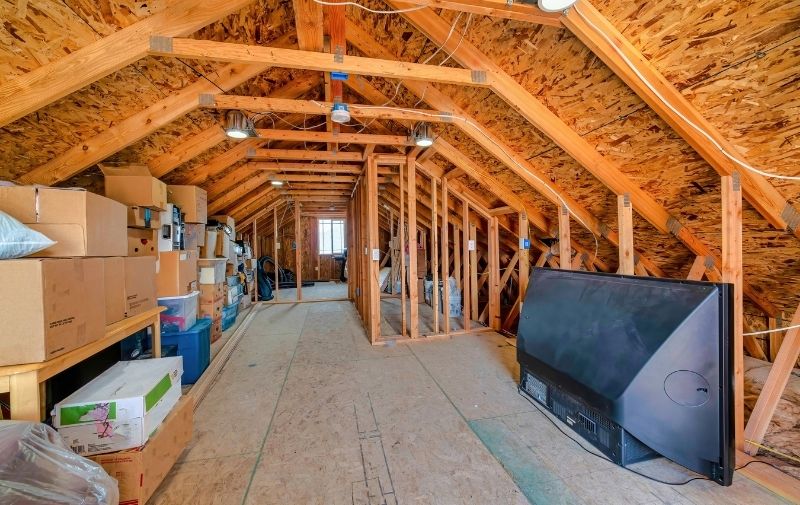
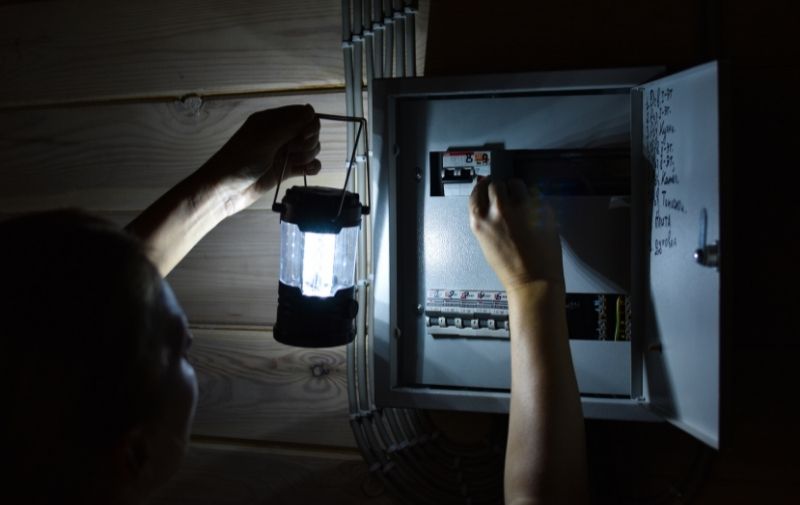

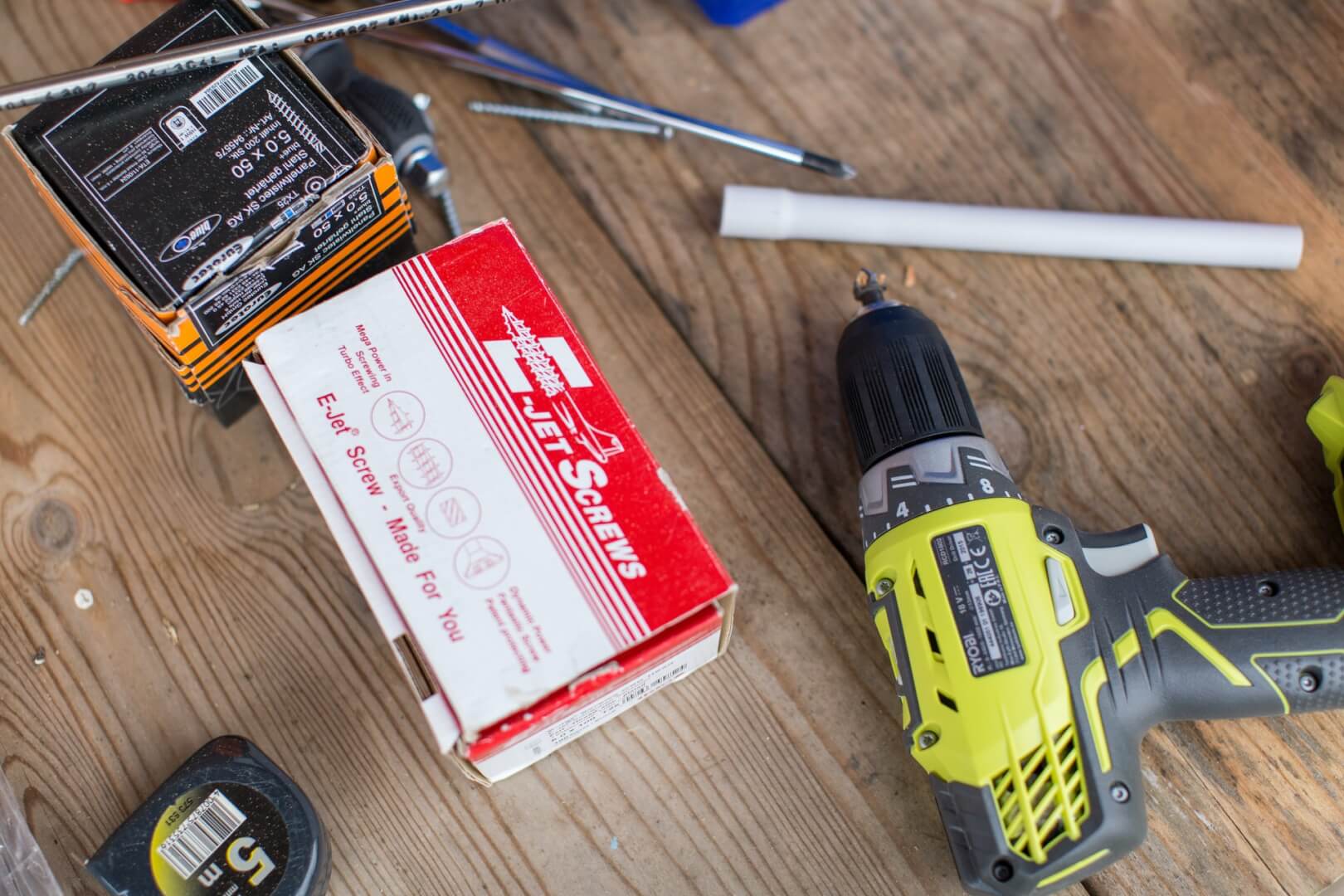



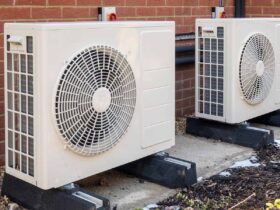
Leave a Reply